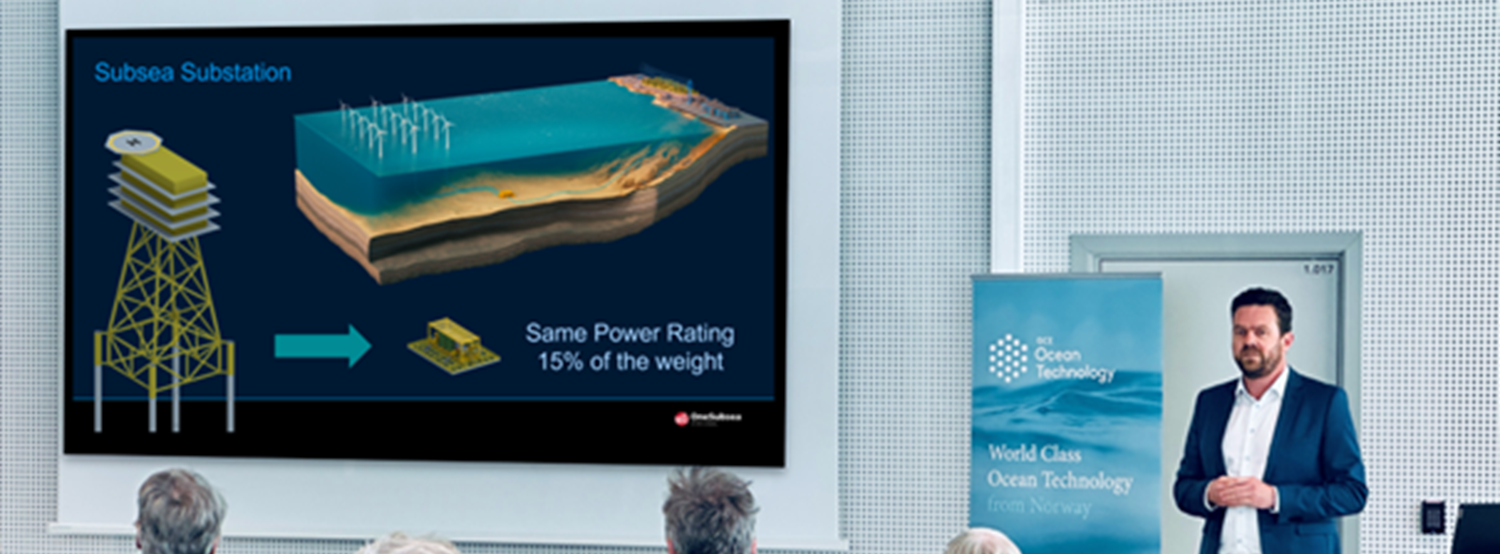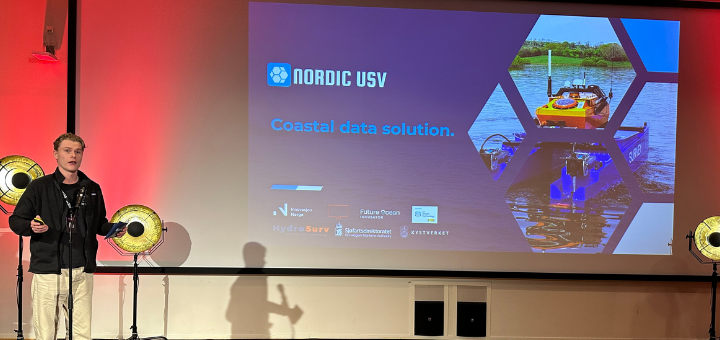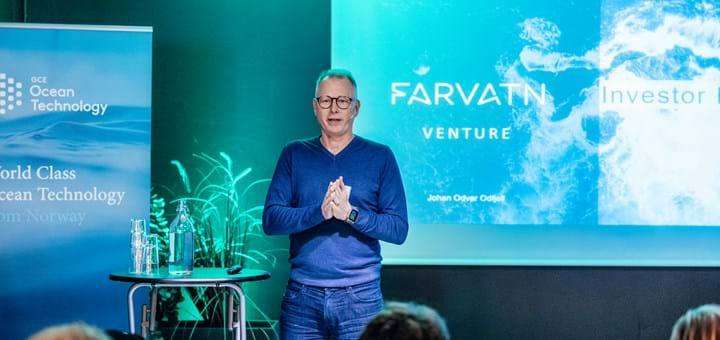The role of subsea substations in offshore wind

Subsea substations have the potential to play a broader role in the offshore wind sector, especially in electrification of offshore installations, says Arill S. Hagland, Business Development Manager at OneSubsea.
We were curious about how the subsea industry can cross over its subsea substation technology to the offshore wind industry, so we asked Arill whose prime area is Emerging Energies and Low Carbon Solutions.
Find out what Hagland (photo) responded when we asked him, and you can also hear Arill talk at the upcoming offshore wind conference, "Science Meets Industry," in Bergen.

What is a Subsea Substation, and how does it fit into Offshore Wind Energy?
At its core, a subsea substation is essentially a subsea transformer with a primary purpose – to increase voltage before transporting power to the shore and the grid, thereby reducing transmission losses, much like high-voltage lines on land. Furthermore, it serves as a hub for efficiently collecting power generated by multiple wind turbines in a simpler way.
Do subsea stations contribute to reducing carbon footprint, and if yes, how?
Indeed, subsea substations contribute significantly to reducing carbon footprint when compared to traditional offshore platforms. The latter involve substantial steel and welding, adding to their overall weight and environmental impact.
Subsea substations, on the other hand, are virtually maintenance-free during operation, eliminating the need for personnel transportation to perform maintenance tasks. This not only saves significant costs but also reduces emissions, while personnel are spared the offshore travel risks.
Can you give us a simple example of how a subsea substation will make an offshore wind farm more efficient?
Apart from lower weight and reduced steel usage, subsea substations also leverage passive cooling, made possible by the stable, low temperatures commonly found at the seabed. This obviates the need for active cooling systems, which are typically employed in platform-based alternatives, thereby further enhancing efficiency.
In addition to connecting offshore wind farms to the power grid, what other tasks can subsea substations perform within the offshore energy sector?
Subsea substations have the potential to play a broader role in the offshore energy sector, especially in electrification of offshore installations. We see that use of subsea substations in conjunction with onshore cables, offshore wind integration, or even a combination of both approaches could be a very good solution.
In your opinion, how important is the collaboration between researchers and industry professionals in advancing the technology related to subsea substations and, as a result, the offshore wind industry?
There are many qualified solutions that can be relatively easily integrated and used today, but in the future, there will be a need to increase both capacity and voltage, for example, in the connection systems.
Additionally, we would like to see simpler methods and technologies for monitoring what is happening inside and around the substations.
Contact Information
Kjersti Boge Christensen
Communication Manager





